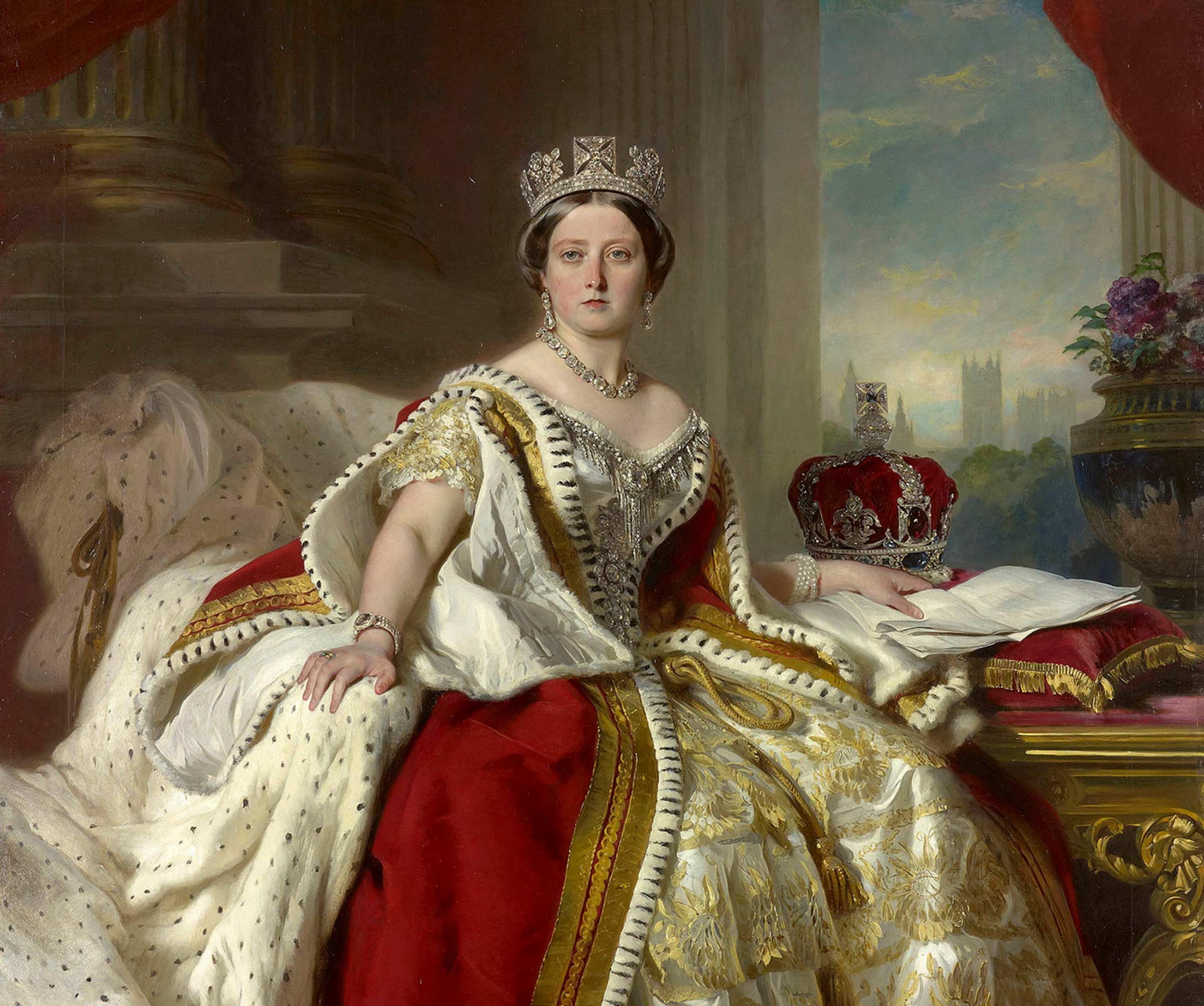
This rare and wonderful perpetual calendar charm is fashioned in 15k yellow gold and sterling silver. A perfect example of the Victorian proclivity for ornament - even when it comes to the most functional of objects - this elaborate pendant is designed to be a keeper of time, in perpetuity. One side is studded with two tiny faceted garnets and indicates the calendar month and day, the number of hours of daylight, and the time of the sunrise and sunset. The reverse is set with a turquoise cabochon and engraved with the days of the week, along with their planetary symbols (Sunday, Sun; Monday, Moon; Tuesday, Mars; Wednesday, Mercury; Thursday, Jupiter; Friday, both Venus and Earth; Saturday, Saturn). The silver medallion at the center is engraved with the pertinent days, dates, months, and hours. Each gold disc rotates independently for ultra precise calendar-keeping. Hangs from a new 18" 14k yellow gold chain.
thedetails
- Materials
15k yellow gold, sterling silver, tiny turquoise cabochon, two tiny faceted garnets, 14k chain
- Age
c. 1860
- Condition
Excellent
- Size
3/4" diameter, 18" chain
Need more photos?
Send us an email to request photos of this piece on a model.

Aboutthe
VictorianEra
1837 — 1901
The Victorians were avid consumers and novelty-seekers, especially when it came to fashion, and numerous fads came and went throughout the 19th century. In jewelry, whatever fashion choices Queen V. made reverberated throughout the kingdom. The Romantic period reflected the queen’s legendary love for her husband, Albert.
Jewelry from this period featured joyful designs like flowers, hearts, and birds, all which often had symbolic meaning. The queen’s betrothal ring was made in the shape of a snake, which stood for love, fidelity, and eternity. The exuberant tone shifted after Prince Albert passed away in 1861, marking the beginning of the Grand Period. Black jewelry became de rigeur as the Queen and her subjects entered “mourning,” which at the time represented not just an emotional state, as we conceive of it today, but a specific manner of conduct and dress. She wore the color black for the remainder of her life, and we see lots of black onyx, enamel, jet, and gutta percha in the jewelry from this time. Finally, during the late Victorian period, which transitioned along with a rapidly changing world into the “Aesthetic Movement”, there was a return to organic and whimsical motifs: serpents, crescent moons, animals, and Japonaisserie designed for the more liberated “Gibson Girl”. During the second half of the 19th century, America entered the global jewelry market, with Tiffany and Co. leading the way. Lapidaries continued to perfect their techniques, and the old European cut emerged toward the end of the Victorian period. The discovery of rich diamond mines in South Africa made the colorless stones more accessible than ever before.